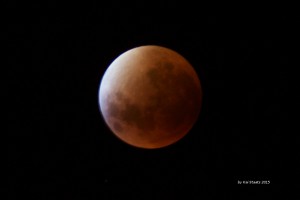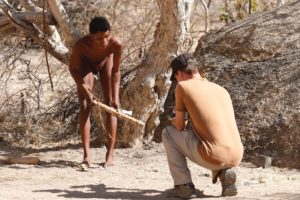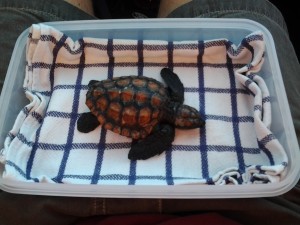When the Moon Turns Red
The photographs were obtained between 3:15 and 4:20 am, in Muizenberg, Cape Town, South Africa. The cloud cover came and went, at times totally blocking the view. Unfortunately, as the Moon neared totality, the mist was heavy (thus the soft image). The final shot of the Moon resting on the adjacent building was only seconds after the clouds dissipated one last time. Totality was missed from this vantage point, but the total experience was mesmerising.
Canon 60D
Nikor 80-200mm lens (circa 1980) with Nikon/Canon adapter
ISO: 400 – 1000
Exposure: 1/200 – 2 seconds















 A day of good intentions started at 7 AM. After five days of editing the LIGO film, hour after hour sitting on my back side, it seems a day of simply re-organising, of catching up was in order. I sorted hundreds of photos and some documents, conducted a full computer backup (minor backups conducted every Friday evening), and then ventured to the St. James Bay tide pool.
A day of good intentions started at 7 AM. After five days of editing the LIGO film, hour after hour sitting on my back side, it seems a day of simply re-organising, of catching up was in order. I sorted hundreds of photos and some documents, conducted a full computer backup (minor backups conducted every Friday evening), and then ventured to the St. James Bay tide pool.